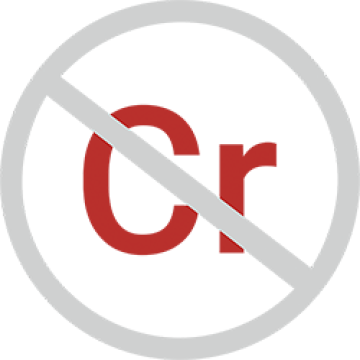News
An environmentally friendly alternative to hard chrome plating.
Aerospace,
Agriculture,
Automotive,
Construction,
E-Mobility,
Energy,
Fluid Power,
Industrial,
Medical,
Mining,
Oil & Gas,
Primary Metals,
Railway,
Recreational
Hexavalent Chromium (Cr VI) is often used in coatings and platings in aerospace, automotive, and industrial applications to meet hardness and corrosion resistance demand. However, the risks to humans and the enviroment are beginning to outweigh the rewards of corrosion protection and hardness.
As of 2017 in Europe, CR VI is banned for use in decorative applications due to its toxicity to humans and the negative effect on the environment. Since it is license based and still permitted in aerospace and structural applications, the limited number of suppliers have made it costly as well.
Viable alternatives like Chromium III (trivalent chromium) exist—but they also carry a string of inherent problems. While Chromium III is less toxic and more cost-efficient, it doesn’t meet the same hardness and corrosion protection of Chromium VI-based coatings. And, as other less toxic alternatives emerge, there’s a high probability that many chemical conversion coatings like Chromium III will become obsolete.
The Future of Coatings
With high toxicity levels, high costs, and more bans likely coming in the next decade —chemical conversion coatings are becoming a thing of the past.
Advantages of GGB Polymer Coatings Solutions:
- Low brittleness
- High corrosion resistance
- Low friction
- Environment-friendly
- Globally available
- Post machining not required
Compared to hexavalent chrome in salt spray and nitric acid fog-resistance tests, polymer coatings offer superior chemical protection without any need for external lubrication. And when it comes to wear resistance, GGB’s TriboMate® technology is vastly superior to traditional, hard-chrome/bronze-greased tribological pairs.
For additional information please contact your local Application Engineer.

